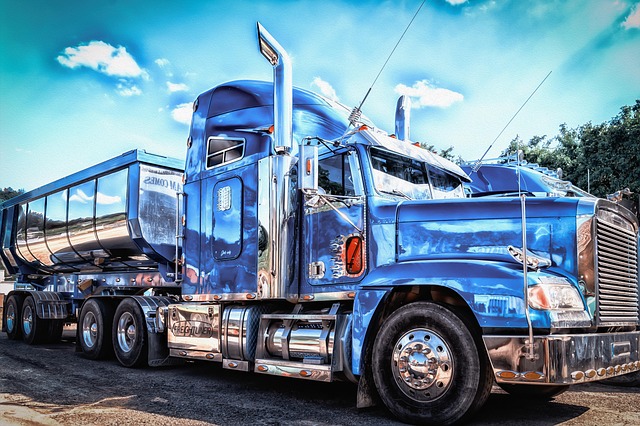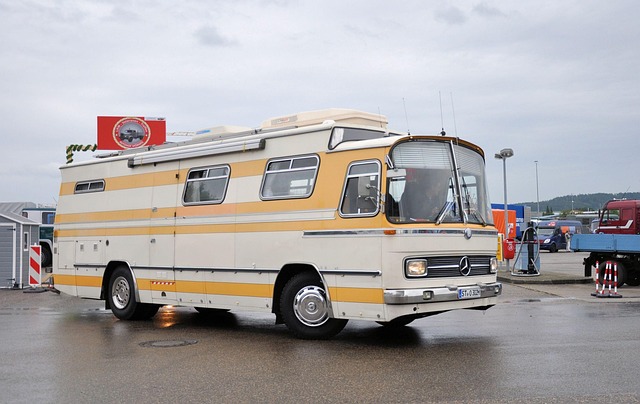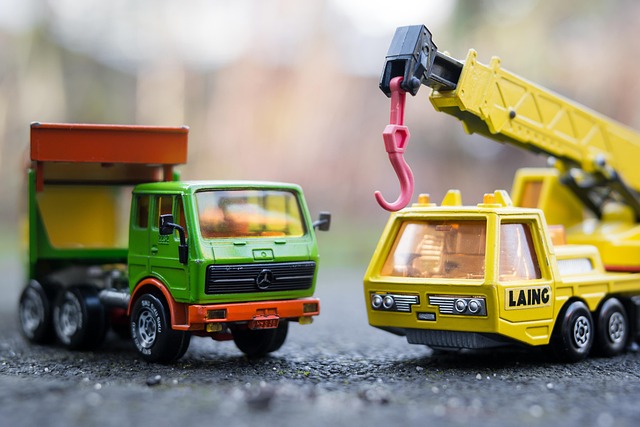Looking to register your car in California? This comprehensive guide breaks down the process step-by-step. From understanding key requirements to gathering essential documents, you’ll learn how to ensure vehicle authenticity using a VIN verifier. Then, visit a DMV office or utilize online services to complete registration. Finally, discover the fees involved and receive your personalized license plate. Optimize your experience with these tips, including effective use of a VIN verifier.
- Understand California Car Registration Requirements
- Gather Necessary Documents for Car Registration
- Use VIN Verifier to Ensure Vehicle Authenticity
- Visit a California DMV Office or Use Online Services
- Pay Car Registration Fees and Receive Your Plate
Understand California Car Registration Requirements

Before registering your car in California, it’s crucial to understand the state’s specific requirements. One key step is ensuring your vehicle passes a thorough inspection, which includes verifying its Vehicle Identification Number (VIN). In California, this process is typically handled by a certified VIN verifier, who will check for any outstanding issues like theft or flood damage. This inspection is an essential part of the registration process and helps protect both you and the state from potential fraud.
A mobile VIN verifier can be particularly convenient in California, allowing you to complete this step without having to visit a traditional DMV location. These services offer a quick and efficient way to verify your vehicle’s history, ensuring that all documentation is up-to-date and accurate before final registration. This not only saves time but also plays a vital role in maintaining the integrity of the state’s vehicle registration system.
Gather Necessary Documents for Car Registration

Before heading to the California Department of Motor Vehicles (DMV) or any registered agent, ensure you have all the required documents for a seamless car registration process. The first step involves obtaining your vehicle’s Vehicle Identification Number (VIN). This unique 17-character code is your car’s fingerprint and can be found on the vehicle’s certificate of origin, registration card, or by checking the driver’s side door post. For convenience, consider using a mobile VIN verifier to quickly and accurately retrieve this information from your smartphone.
Another essential document is proof of insurance, which showcases that you have the necessary coverage for your vehicle. Additionally, you’ll need valid identification, such as a driver’s license or state-issued ID card, along with any required fees for registration and title transfer if applicable. Properly gathering these documents ensures a smooth car registration experience in California.
Use VIN Verifier to Ensure Vehicle Authenticity

Before registering your car in California, it’s crucial to verify the vehicle’s authenticity using a reliable method like a VIN (Vehicle Identification Number) verifier. This step is essential to ensure that the car you’re about to register is not a stolen vehicle or a clone. A simple online search for a “mobile vin verification” service can help you get started. These services allow you to check the vehicle’s history and ensure its originality by cross-referencing the VIN with national databases.
A comprehensive “vin inspection” is an effective way to protect yourself from potential fraud. Many reputable companies now offer mobile vin verifier services, enabling you to complete this process conveniently. By utilizing these tools, you can rest assured that your California car registration will be based on accurate and legitimate information, safeguarding you against any future legal issues or financial losses.
Visit a California DMV Office or Use Online Services

If you’re looking to register your car in California, a convenient option is to visit or utilize the services provided by the California Department of Motor Vehicles (DMV). The process can be efficiently managed at any local DMV office across the state. Staff are available to assist with registration and will guide you through the necessary steps. One crucial aspect they’ll help with is verifying your Vehicle Identification Number (VIN) using a VIN verifier, ensuring the vehicle’s history is checked against any known issues or recalls.
For those who prefer a more flexible approach, California DMV also offers online services that allow you to register your car remotely. This includes submitting required documents and completing the registration process digitally. Additionally, some third-party services provide mobile vin inspection options, offering even greater convenience by allowing you to get your VIN verified on-site or from your phone, further simplifying the car registration procedure.
Pay Car Registration Fees and Receive Your Plate

After verifying your vehicle’s details through a VIN verifier or mobile VIN inspection, and completing all necessary paperwork, the next step is to pay the car registration fees. These fees vary depending on the type of vehicle and its emissions status. You can typically pay online, by phone, or in person at a DMV office. Once you’ve paid, you’ll receive your registration documents along with your new license plate. This process might differ slightly depending on whether you’re registering a new or used car, but the core steps remain the same: verify, pay, and plate.
Make sure to keep your registration documents in your vehicle at all times. If you opt for mobile VIN verification, remember that this service streamlines the initial verification step, making the overall registration process more efficient. It’s advisable to start early to avoid long waits, especially during peak seasons when registering a vehicle can be time-consuming.
Registering your car in California is a straightforward process that requires understanding specific requirements, gathering essential documents, and ensuring vehicle authenticity using a VIN verifier. By visiting a DMV office or utilizing online services, you can efficiently complete the registration. Remember to pay the required fees and receive your unique license plate as the final step. This ensures your vehicle complies with state regulations, making it legal to drive on California roads.
